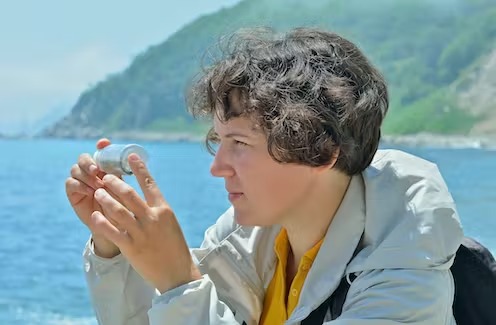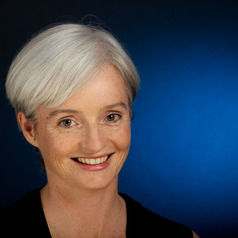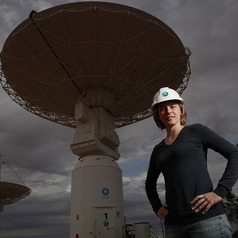It likely comes as no surprise that women receive a smaller share of research funding than men. But untangling the underlying reasons is no small feat.
A recently published international review spanning 45 years found that women accounted for just under a quarter of awards.
But our own study of 48,061 grants awarded in Australia by the Australian Research Council and National Health and Medical Research Council over 20 years points to a complex issue that extends beyond granting systems: fewer women researchers mean fewer women applicants, in turn leading to fewer women receiving grants.
The international scene
In the recent international review, the authors synthesised evidence from 55 studies from 14 countries including the United States and Canada, and the European Union, from 1975 to 2020. Their analysis explored gender differences in grant award outcomes, success rates and funding amounts.
They found, on average:
-
fewer awarded grants were led by women (24%) than men (76%)
-
30% of applicants were women. Success rates for grants led by women (23%) did not differ significantly from those led by men (24%)
-
women researchers received about half the amount of research funds per grant than men – an average of US$342,000 compared to men with an average of US$659,000.
But this international analysis only incorporated one year of Australian data, limiting the degree to which those findings might pan out here.
What about Australia?
We, the research team at the Office of the Australian Government’s Women in STEM Ambassador, deployed a statistical model that enabled us to detect nuanced patterns by simultaneously considering not only gender, but also career seniority, field of research and time. This research is currently available as a preprint ahead of peer review.
Echoing findings of the international study, our modelling revealed fewer awarded grants were led by women than men. However, we also found that career seniority mattered – increasingly more male researchers received grants at a senior level. The percentage of grants led by women was 39% among early-career, 33% among mid-career, and 26% among senior-career researchers.
We also found that gender differences in awarded grants varied by field of research. Proportionally fewer awarded grants were led by women in the fields of chemical sciences, mathematical sciences, Earth sciences, technology, engineering and physical sciences.
We documented progress towards gender parity over the 20-year period, and the rate of progress depended on career seniority. The percentage of awarded grants led by senior-career women increased by 11% in the span of 20 years, reaching 31% in 2020. The increase was 8% for mid-career and 4% for early-career women researchers.
However, progress is slow and remains well below parity.
Importantly, we found that success rates for grants led by women did not differ significantly from men’s success rates. Based on this, we conclude it’s unlikely the main source of gender disparities in grant outcomes is how the research is assessed.
Unlike the findings from the international review, we found that funding amounts didn’t differ by gender. Women-led grants in Australia were awarded the same amount of funding per grant as men-led grants.
That said, because fewer awarded grants were led by women, the total funds showed a substantial difference: A$19.1 billion awarded to men lead investigators versus A$7.5 billion awarded to women lead investigators.
What about the workforce?
It is important to place these gender differences in the context of research workforce participation. According to available Australian data, there are fewer women than men in the research workforce. In fact, for every 100 men researchers, there are only 75 women researchers on average.
When we considered the number of awarded grants relative to workforce participation, we found the award rate was actually higher for women than men, especially among senior career researchers. For every 1,000 women professors in the research workforce, 11 led a successfully funded grant each year; whereas for every 1,000 men professors, six led a successfully funded grant each year.
Despite award rates apparently favouring women over men (note the workforce data are not as comprehensive as our grant funding data), fewer women researchers mean fewer women applicants, which means fewer women awardees overall.
Pulling all this together, it seems gender differences in Australian research grant programs may primarily arise from unequal workforce participation.
What can we do?
We need to support women entering the research workforce and ensure they remain there and can progress in their careers. Barriers to women’s workforce participation have been extensively documented. The responsibility to remove such barriers rests with several entities.
Higher education and research institutes have social and legal responsibilities to provide environments in which all researchers have an equal opportunity to excel. In Australia, Science in Australia Gender Equity provides an accreditation framework to identify and address inequities and can accelerate the increase of women in leadership positions.
Governments and research funders can incentivise these and other gender-equity initiatives. Options include mandating workplace gender targets, equity plans or relevant accreditation as a condition of receiving government funds. These approaches are shown to progress gender equity.
Only when the whole sector comes together to contribute solutions across the research ecosystem will we see genuine, sustainable progress towards gender equity.



 Robinhood Expands Sports Event Contracts With Player Performance Wagers
Robinhood Expands Sports Event Contracts With Player Performance Wagers 




































